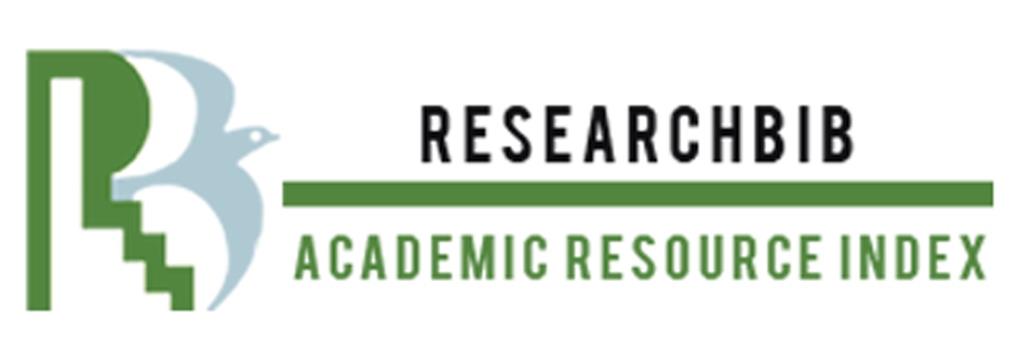TOURISM & HOSPITALITY MARKET DATABASE: GATHERING & UPDATING THE INFORMATION.
Keywords:
market basket analyses, data mining, tourism development, problems and prospects.Abstract
Purpose: Understanding visitor appearance designs is significant for choice creators in arrange to make smart tourism industry. In this article, we display a modern approach based on a market basket analysis. This approach uses questioners and answers data shared by tourists in order to bundle the range of available tourism services and understand which experiences are consumed together. The approach was tested on the case of Bukhara, Uzbekistan. Based on our examinations, we contend that the proposed approach has the potential for utilize at the goal level and gives relevant data on tourism request designs critical for smart tourism decision-making.
Methodology: The field of tourism has developed rapidly in recent years and is becoming one of the main drivers of the economy of our region. The main reason for this is not only the cancellation of visas, the opening of the conversion of our national sum, the granting of customs, tax and credit benefits for representatives of the industry, but also the adoption of necessary decisions that saved the industry from the inevitable crisis during the pandemic. These benefits created the basis for significant work in the field of tourism in the region.
Findings: To get an accurate database of tourism field, we decided to find out the reason of visiting tourists and the most visited tourist destination of Bukhara. In addition we held questionnaires to obtain data mining.
References
Sugimoto, K.; Ota, K.; Suzuki, S. Visitor Mobility and Spatial Structure in a Local Urban Tourism Destination: GPS Tracking and Network analysis. Sustainability 2019, 11, 919. [CrossRef]
Edwards, D.; Griffin, T. Understanding tourists’ spatial behavior: GPS tracking as an aid to sustainable destination management. J. Sustain. Tour. 2013, 21, 580–595. [CrossRef]
Abreu Novais, M.; Ruhanen, L.; Arcodia, C. Destination competitiveness: A phenomenographic study. Tour. Manag. 2018, 64, 324–334. [CrossRef]
Mckercher, B.; Lau, G. Movement Patterns of Tourists within a Destination. Tour. Geogr. 2008, 10, 355–374. [CrossRef]
Smallwood, C.B.; Beckley, L.E.; Moore, S.A. An analysis of visitor movement patterns using travel networks in a large marine park, north-western Australia. Tour. Manag. 2011, 33, 517–528. [CrossRef]
Wang, F.; Li, K.; Dui´c, N.; Mi, Z.; Hodge, B.M.; Shafie-khah, M.; Catalão, J.P.S. Association rule mining based quantitative analysis approach of household characteristics impacts on residential electricity consumption patterns. Energy Convers. Manag. 2018, 171, 839–854. [CrossRef]
Rong, J.; Vu, H.Q.; Law, R.; Li, G. A behavioral analysis of web sharers and browsers in Hong Kong using targeted association rule mining. Tour. Manag. 2012, 33, 731–740. [CrossRef]
Park, S.H.; Jang, S.Y.; Kim, H.; Lee, S.W. An association rule mining-based framework for understanding lifestyle risk behaviors. PLoS ONE 2014, 9, e88859. [CrossRef] [PubMed]
Fournier-Viger, P.; Chun-Wei Lin, J.; Kiran, R.U.; Koh, Y.S.; Thomas, R. A Survey of Sequential Pattern Mining. Data Sci. Pattern Recognit. 2017, 1, 54–77.
Wei, Y.; Yang, R.; Liu, P. An improved Apriori algorithm for association rules of mining. In Proceedings of the 2009 IEEE International Symposium on IT in Medicine & Education, Jinan, China, 14–16 August 2009; pp. 942–946.
Tank, D.M. Improved Apriori Algorithm for Mining Association Rules. Int. J. Inf. Technol. Comput. Sci. 2014, 6, 15–23. [CrossRef]














